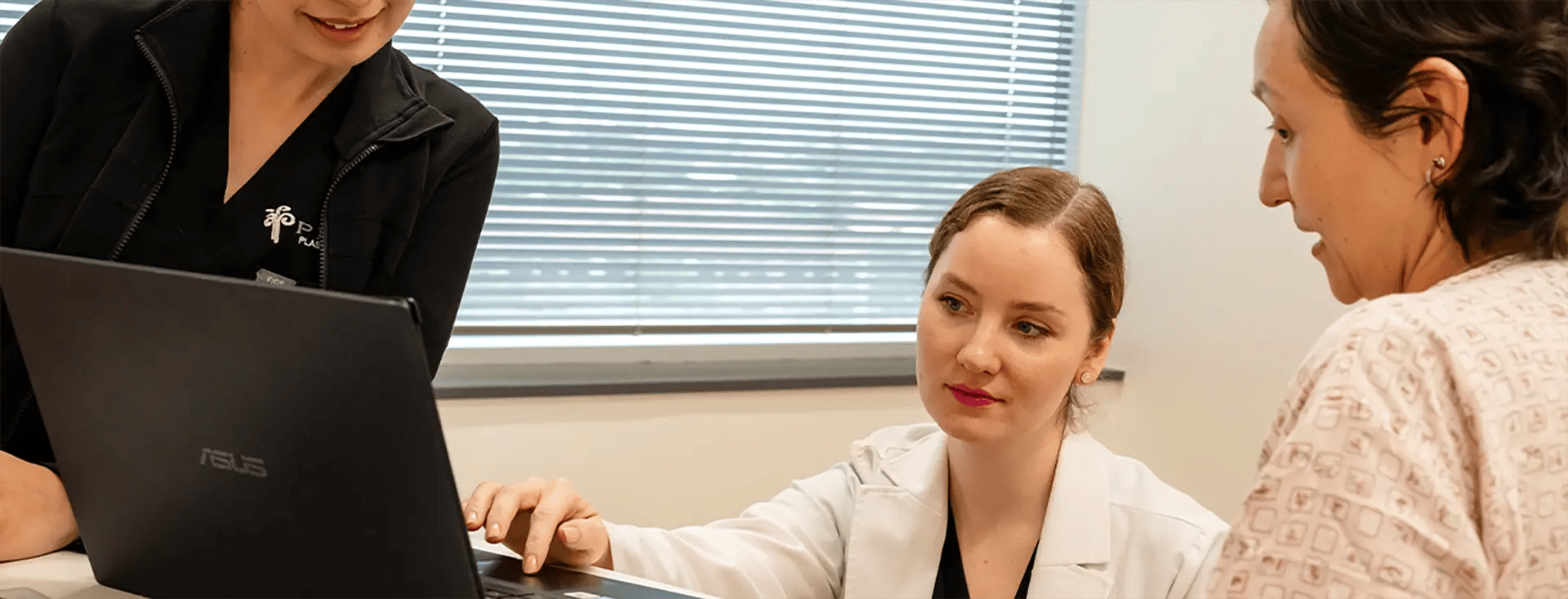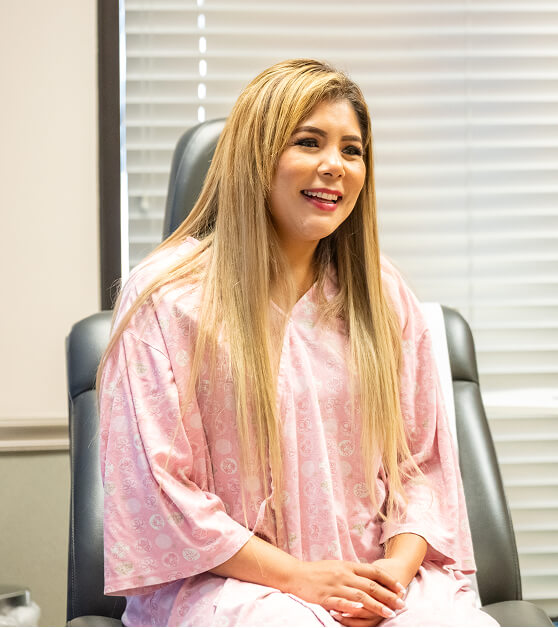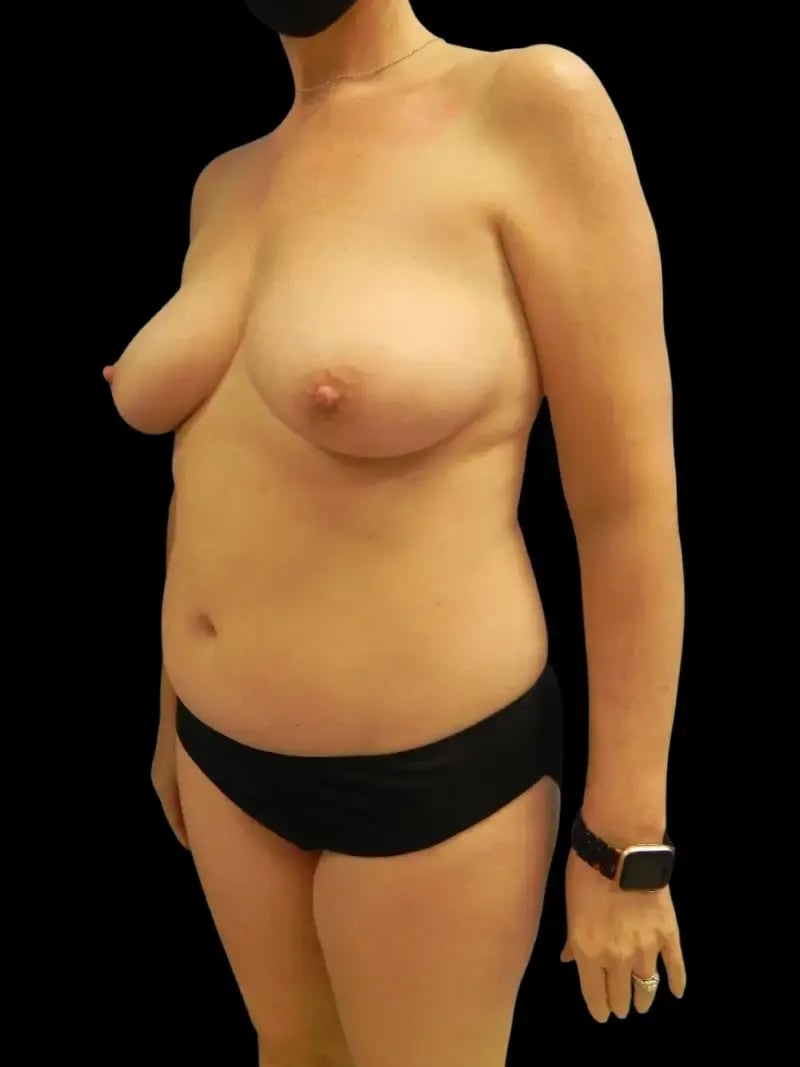
Latissimus Dorsi Flap
What is Latissimus Dorsi Flap Reconstruction?
A latissimus dorsi flap surgery uses muscle, skin, and fat from the upper back to recreate a soft, natural breast shape. Unlike thigh-based or GAP flaps, which rely solely on fat and skin, the latissimus dorsi flap includes a portion of muscle to provide additional strength and blood supply to the new breast. This surgery makes it a particularly reliable option for patients who need extra support.
While most patients today prefer completely muscle-sparing options like DIEP, PAP, or GAP flaps, the latissimus dorsi flap can be a better choice when other tissue sources are unavailable or extra durability is needed for optimal healing.
Sometimes, latissimus dorsi flap surgery may also be combined with a small implant to achieve the desired breast volume, offering patients a safe, flexible solution tailored to their specific needs and body type.
Key Information
Provides strong, reliable blood flow, which is ideal for patients with prior radiation or implant complications.
Can be used alone or combined with a small implant for added breast volume if needed.
Offers a durable reconstruction option when other donor sites aren't ideal.
Muscle transfer adds structural support, which can enhance healing and cosmetic outcomes.
Scarring is typically hidden across the back, easily concealed under bras and clothing.
Especially helpful for slimmer patients or those with limited tissue in other areas.
What to Expect During Latissimus Dorsi Flap Surgery
During a latissimus dorsi flap procedure, tissue from the upper back—including skin, fat, and a small portion of muscle—is carefully rotated to the chest without fully detaching it from its original blood supply. This technique allows the tissue to maintain strong, reliable circulation while being reshaped to recreate a natural-looking breast. If additional volume is needed, a small implant may be placed under the flap for the best cosmetic result.
The surgery is performed under general anesthesia and typically lasts several hours. Patients usually stay in the hospital for 1–2 days for close monitoring. Most patients can expect soreness in the donor and reconstruction sites in the first few days after surgery.

Before & After








Recovery Timeline
-
Week 1:For the first week, you can expect soreness across the back and chest, swelling, and bruising. Surgical drains will be in place, and arm and upper body movement will be very limited. During this time, short, gentle walks are encouraged to promote circulation.
-
Week 2:By the second week, pain and stiffness gradually improve, but you’ll still need to avoid lifting your arms above shoulder height or carrying anything heavy.
-
Week 3-4:Swelling and discomfort begin to decrease noticeably by the third and fourth week post-op. Gentle range-of-motion exercises for the shoulder may be introduced to prevent stiffness, and light activities at home are encouraged.
-
Week 5-6:After about a month, energy levels should return, and most patients can resume light desk work and more normal daily routines. Shoulder and upper back tightness may persist, but this usually improves with time and light physical therapy.
Am I a Candidate for Latissimus Dorsi Flap Surgery?
You may be a strong candidate for latissimus dorsi flap surgery if:
- You have previously undergone radiation therapy that affected your chest tissue.
- You have limited donor tissue available in the abdomen, thighs, or buttocks.
- You are seeking a natural reconstruction option with added structural support.
- You have experienced complications with implant-based reconstruction.
- You prefer a reconstruction option combining natural tissue with a small implant for optimal volume.
- You are in good overall health and a non-smoker (or willing to quit before surgery) to promote healing.
- You have realistic expectations and are comfortable with a discreet scar along the back.
- You want a reliable reconstruction option with a strong blood supply and long-term durability.
Find Your Surgeon
Will Insurance Cover Latissimus Dorsi Flap Surgery?
Additionally, PRMA is in-network with many major insurance providers and works with patients nationwide to navigate approvals and maximize coverage.
For more information, visit [Insurance FAQs] in the patient resource center.

Preparing for Surgery
Many of our patients travel in from all parts of the country for latissimus dorsi flap surgery and other breast reconstruction procedures. To help you prepare, our team will walk you through every step, from pre-op planning to travel arrangements, to ensure a smooth and supported experience.
Learn more about:




